Top NewsSportsMy PlanetPortrait. A Hero of Our Time
Single
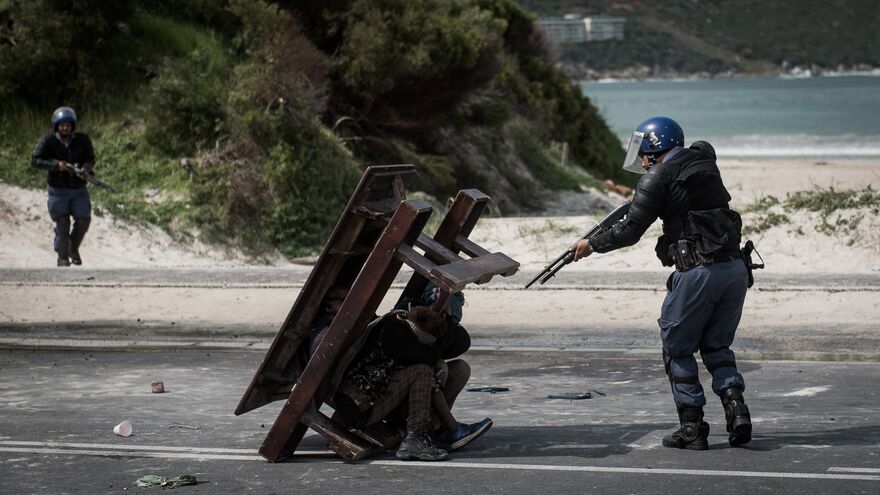
Stand Off
1st place
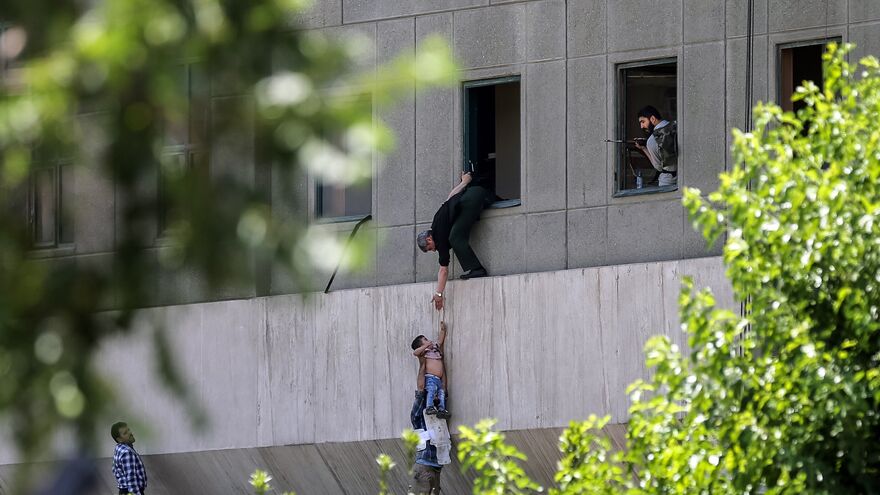
Tehran attack
2nd place. Special prize "For humanitarian photography" by International Committee of the Red Cross (ICRC)
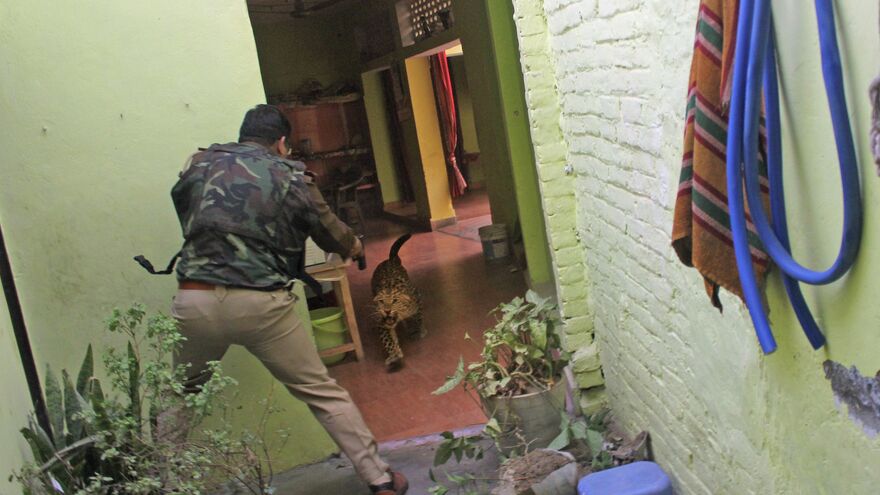
I could hear leopard crying in pain after it was shot
3rd place
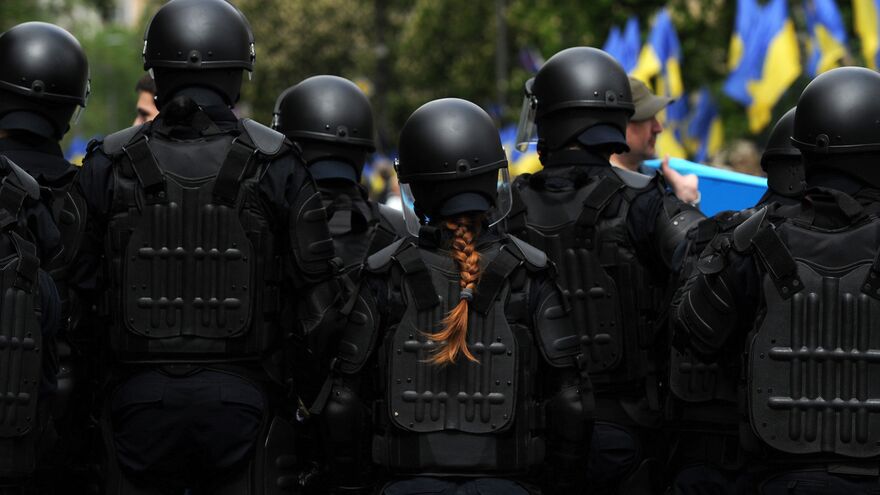
Police pigtail
Jury Honorable Mention
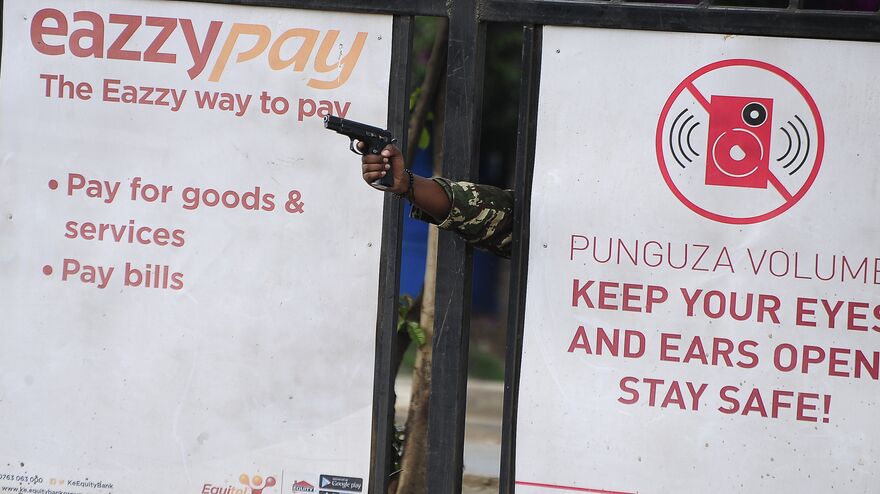
Defiant in democracy
Jury Honorable Mention
Series
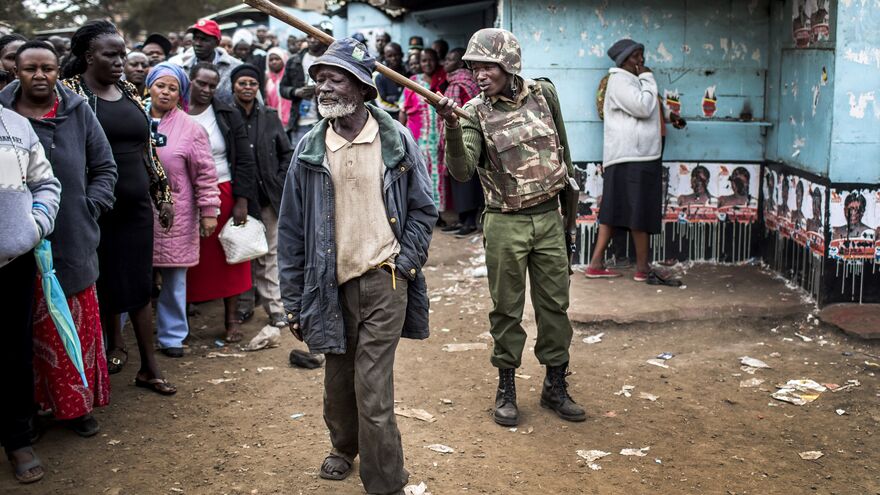
Kenya's Post-Election Turmoil
1st place
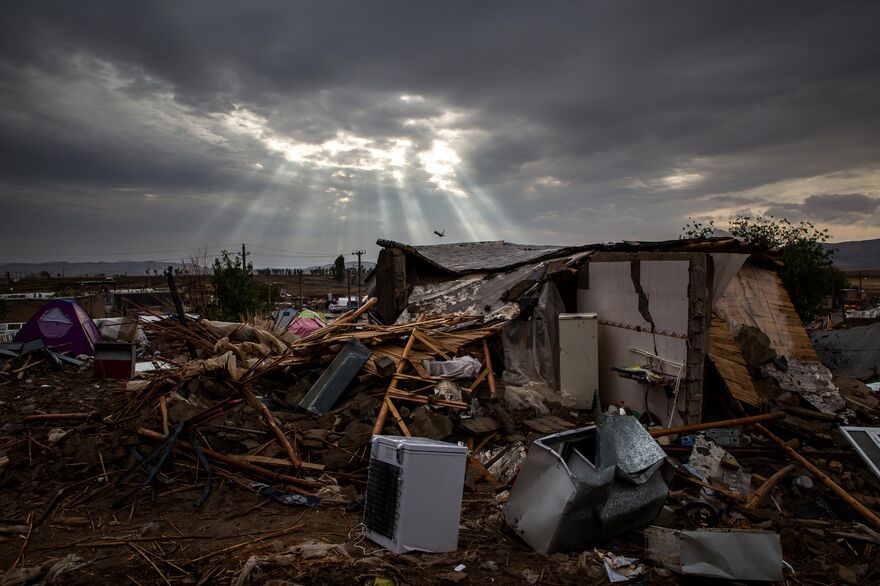
...And Life Rises
2nd place. Special prize "For humanitarian photography" by International Committee of the Red Cross (ICRC)
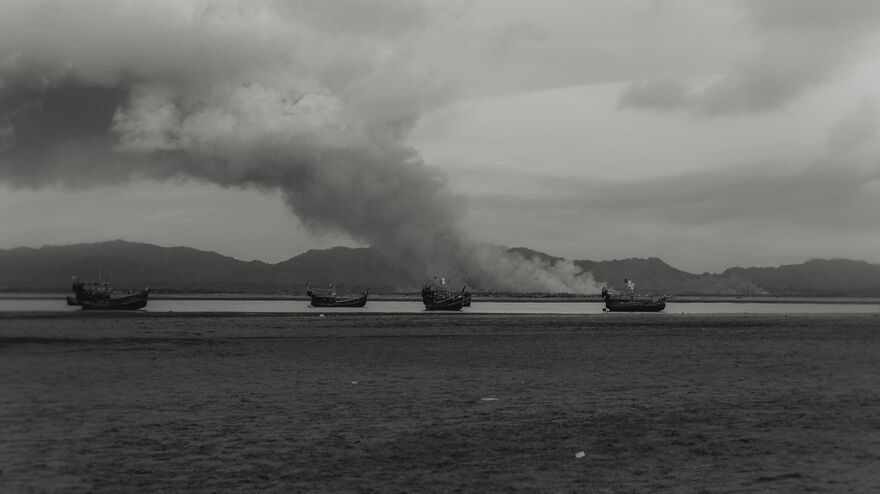
A Dire Desperation For Safety
3rd place
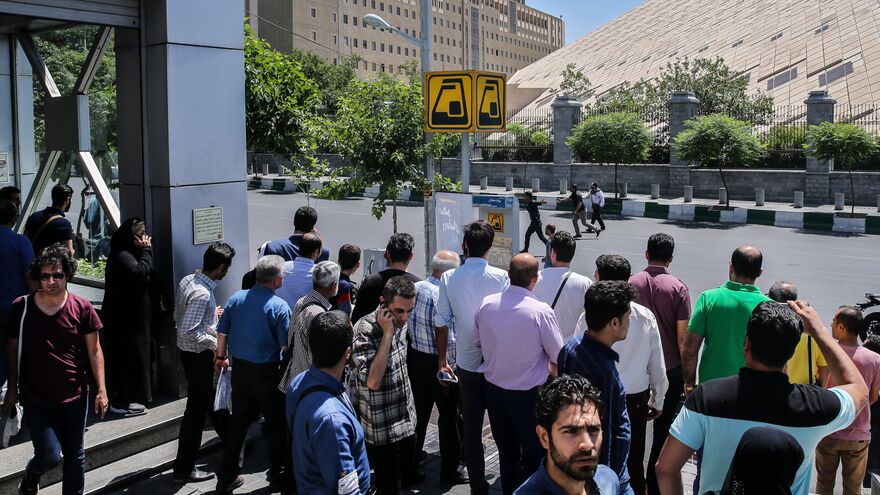
Tehran attack
Jury Honorable Mention
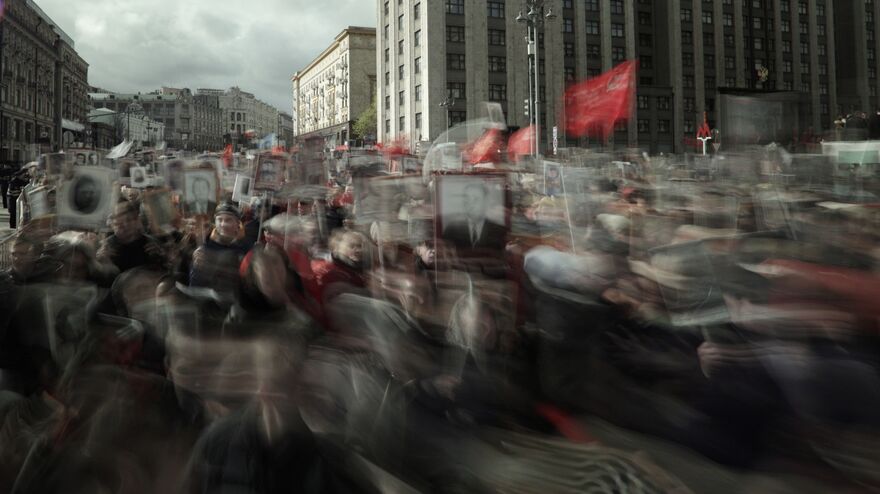
Immortal Regiment
Jury Honorable Mention
Single
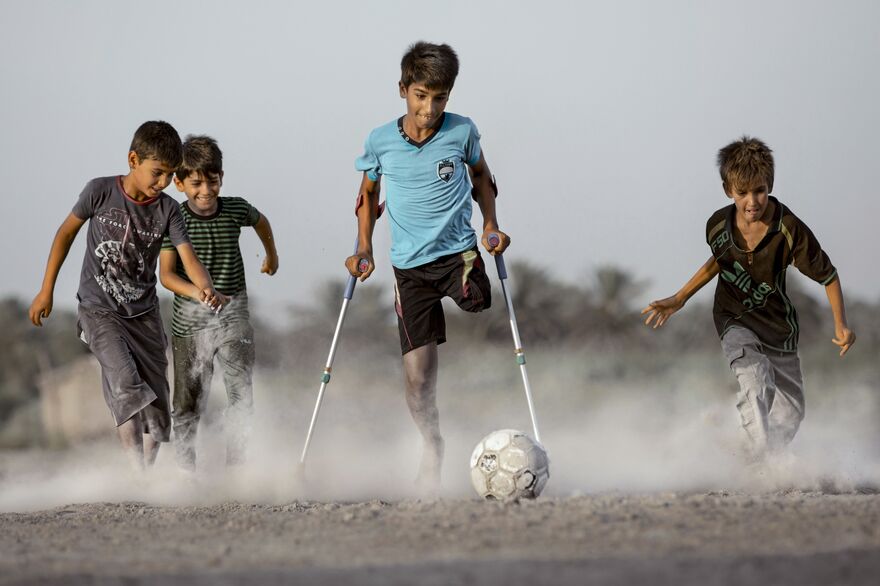
The desire for life
1st place. Special prize by Shanghai United Media Group (SUMG). Special prize by Al Mayadeen TV
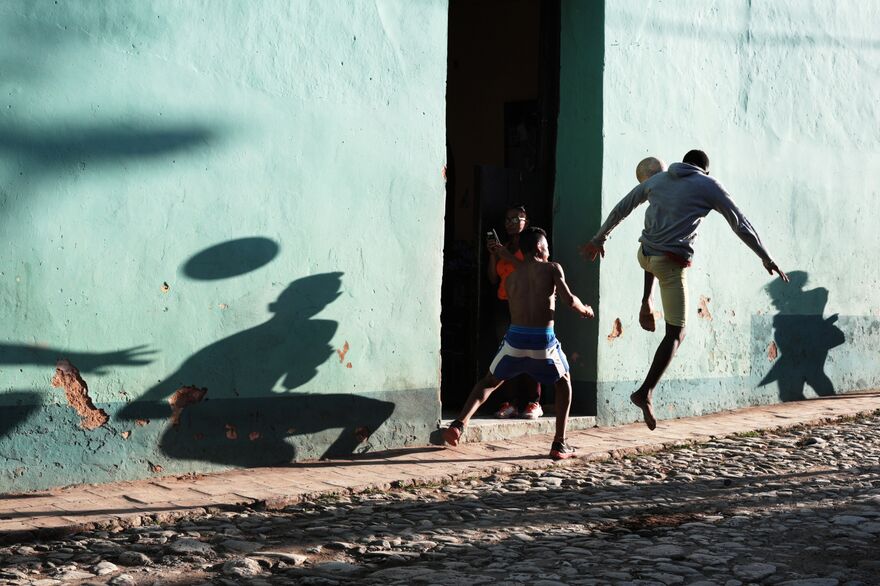
Street football
2nd place
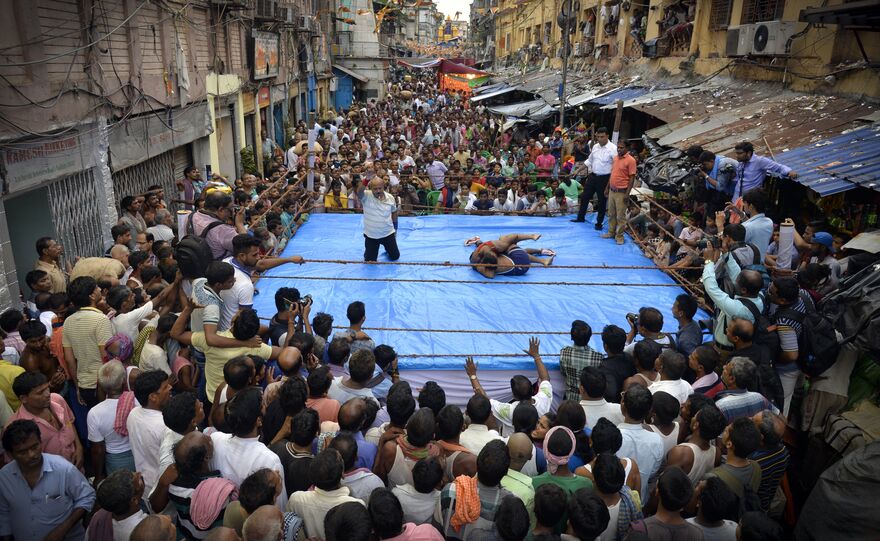
Street Wrestling
3rd place
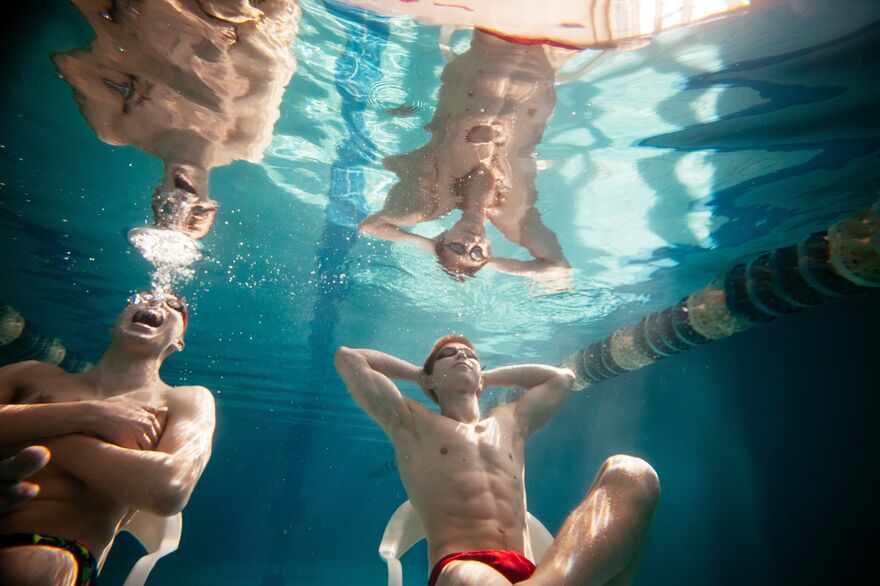
No doping
Jury Honorable Mention
Series
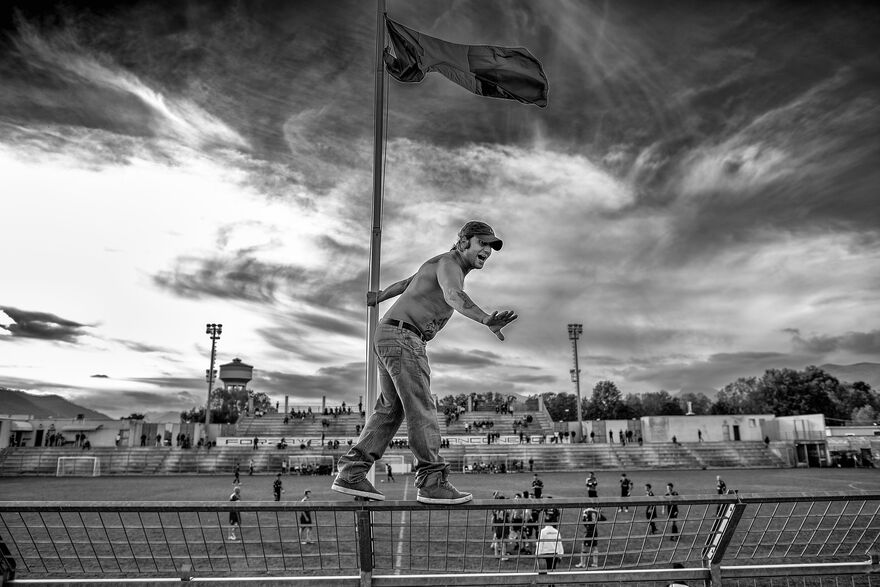
Ultras
1st place
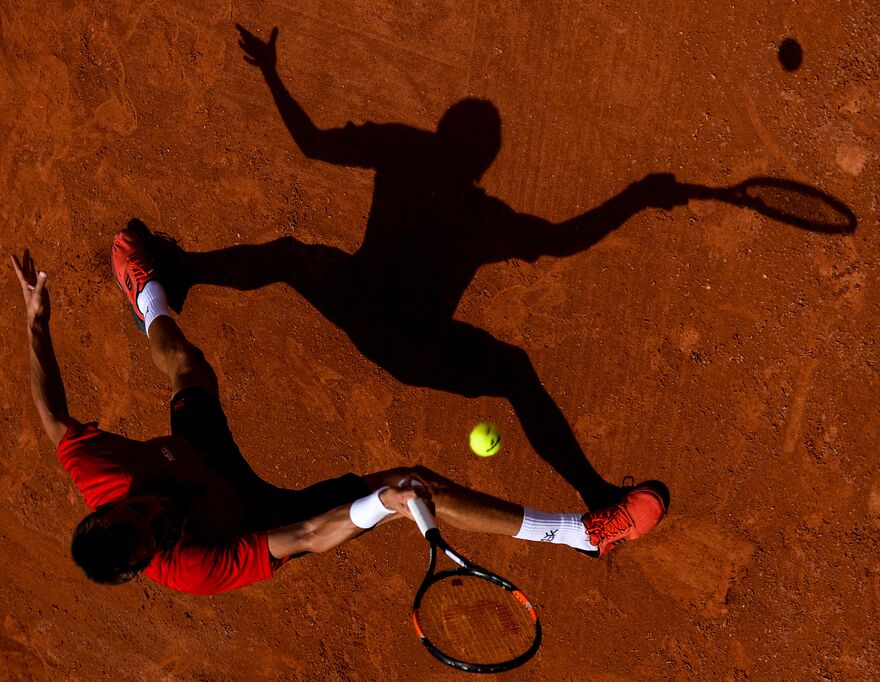
Red-hot court
2nd place
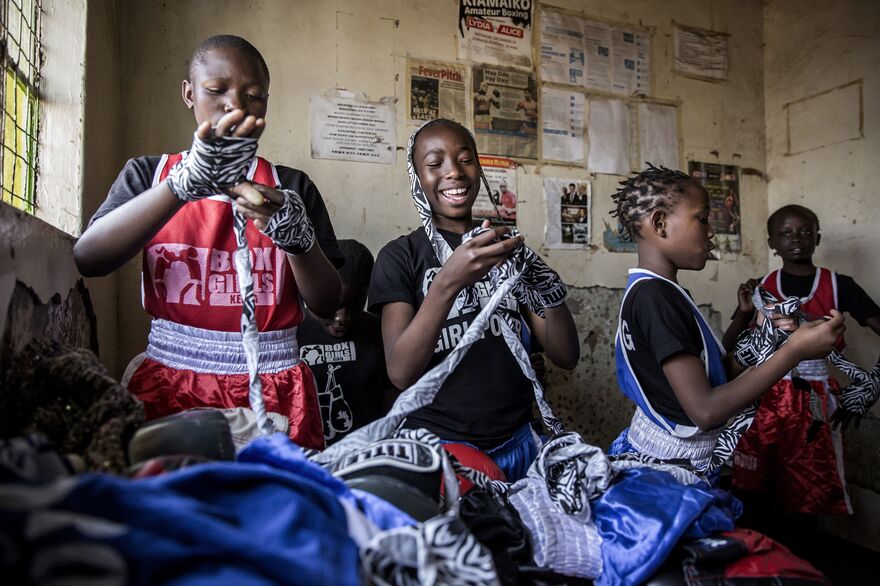
Boxgirls Kenya
3rd place
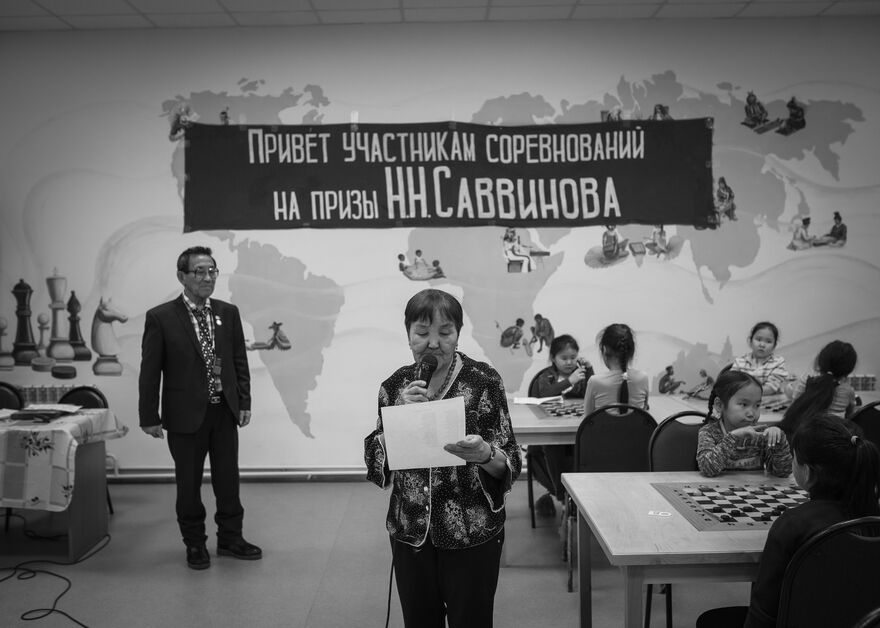
Republican checkers tournament
Jury Honorable Mention
Single
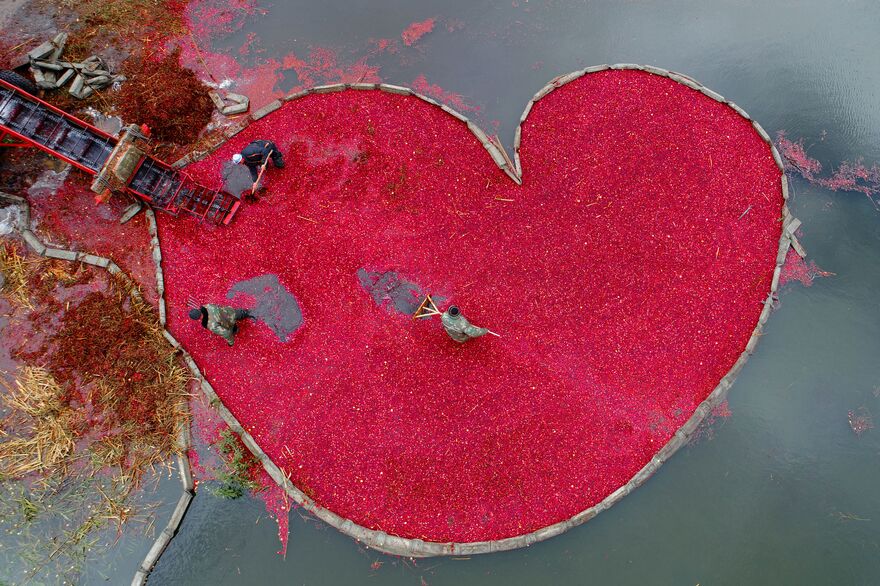
Cranberry heart
1st place
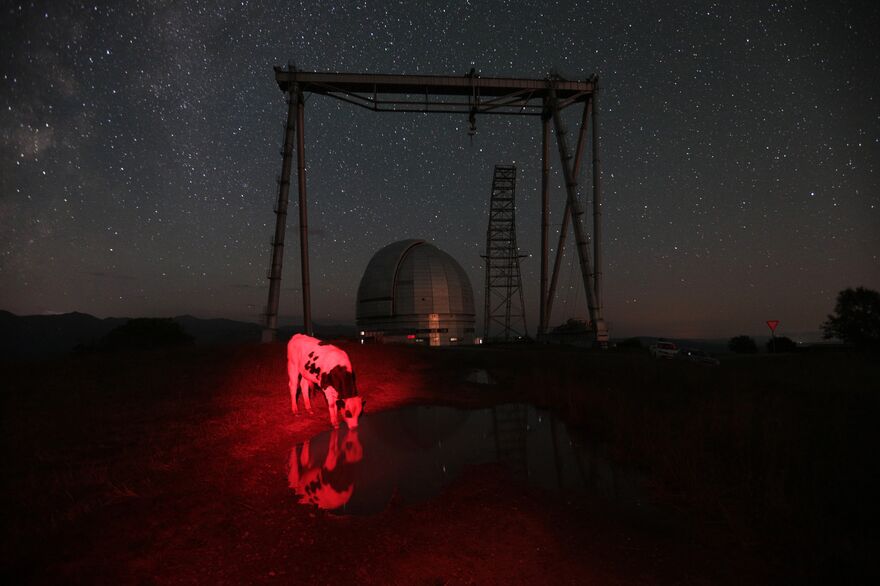
Red cow
2nd place
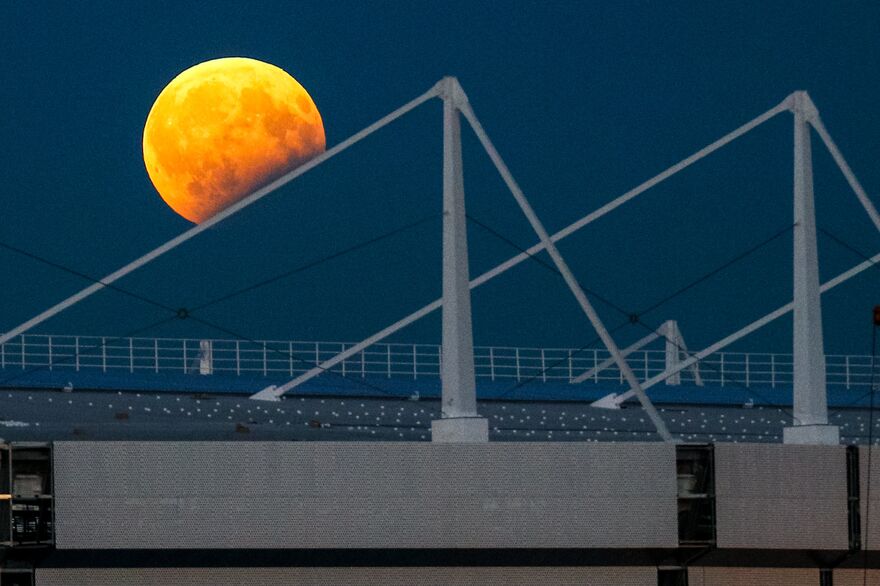
Eclipse
3rd place
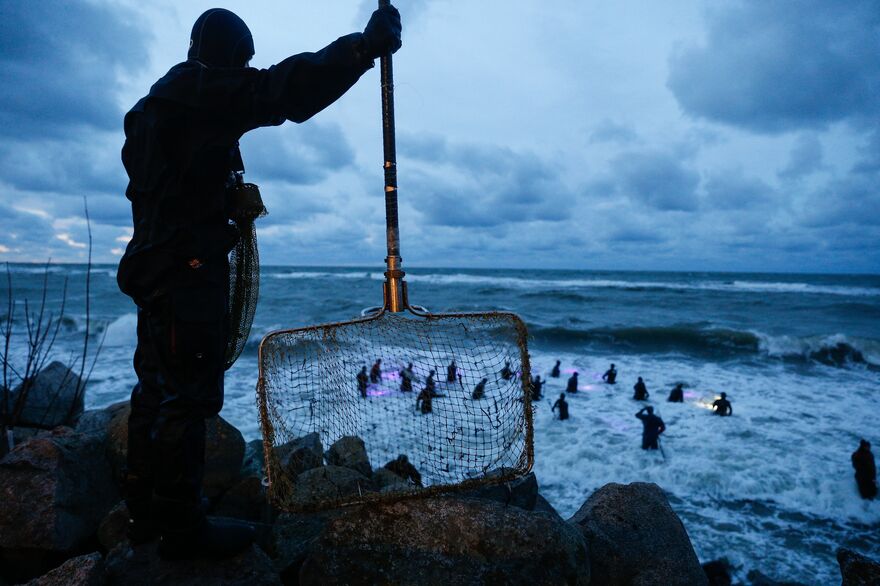
Catchers
Jury Honorable Mention
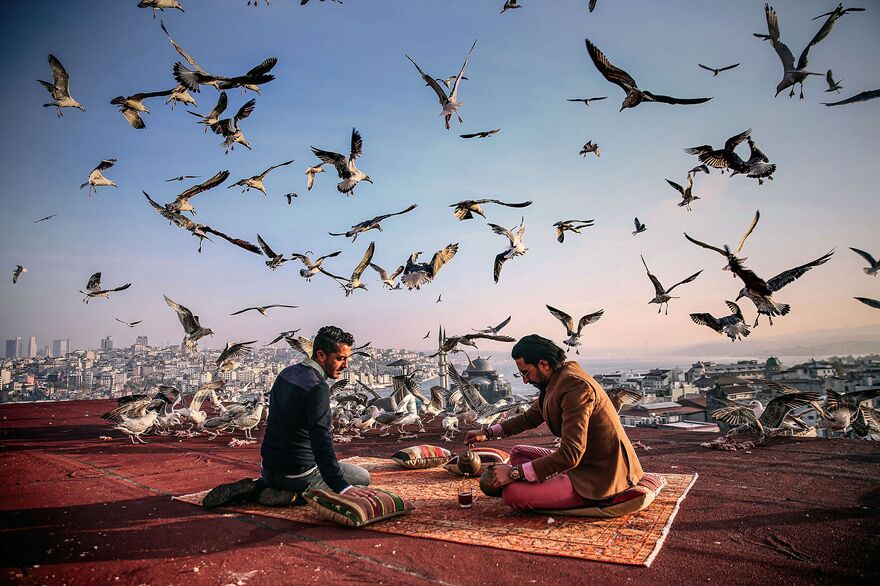
History on the Road Breakfast
Jury Honorable Mention
Series
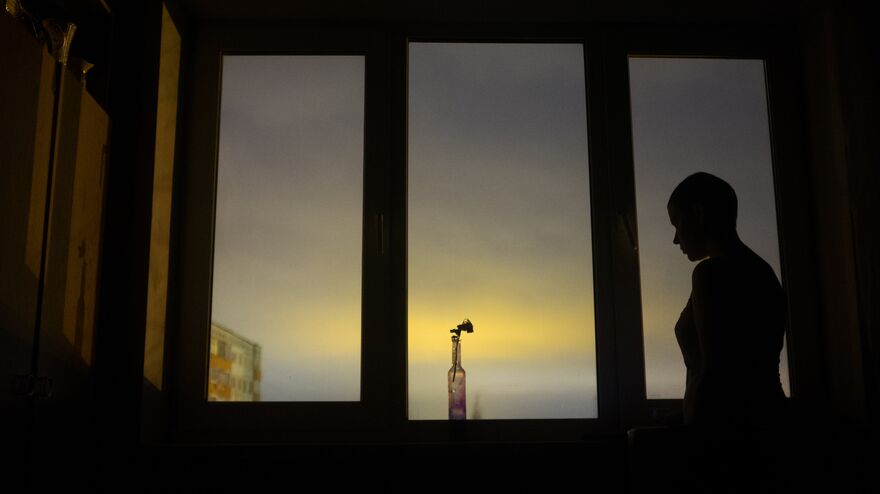
How I fell ill
GRAND PRIX, 1st place
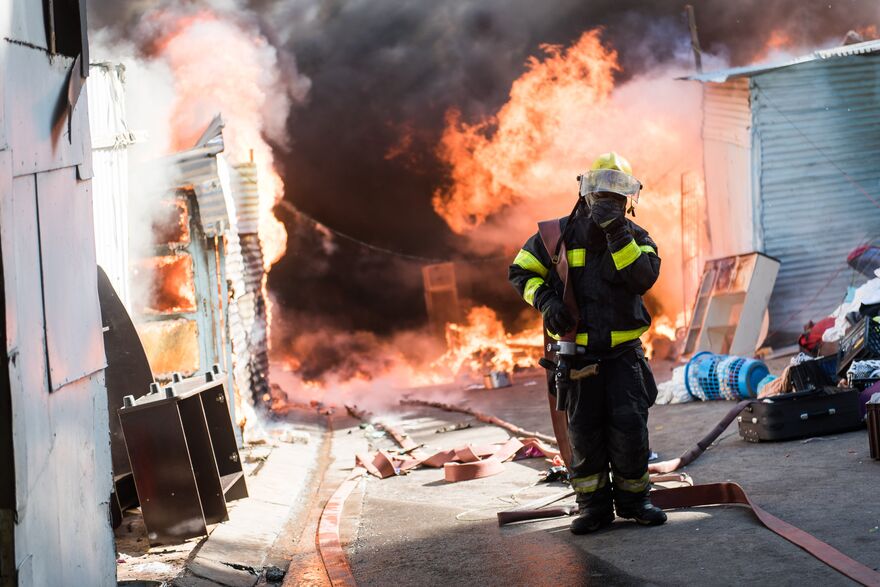
Walking with Fire: Going Beyond
2nd place. The online vote winner
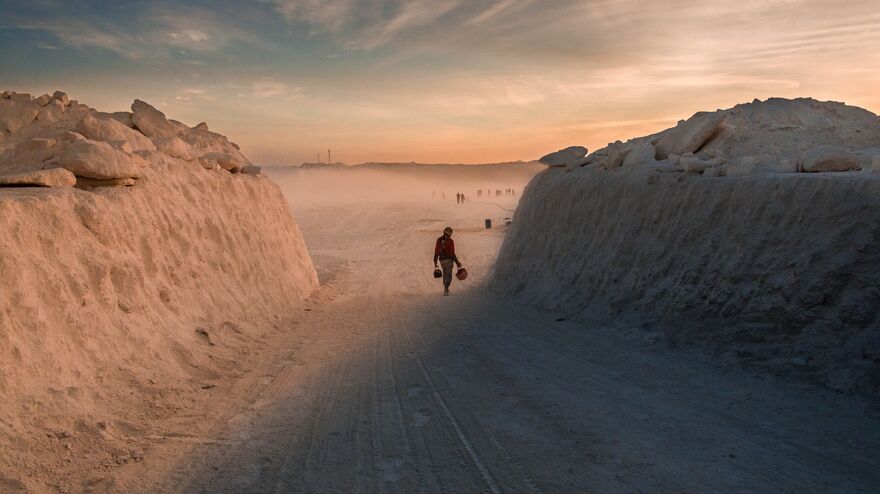
The White Mountain
3rd place
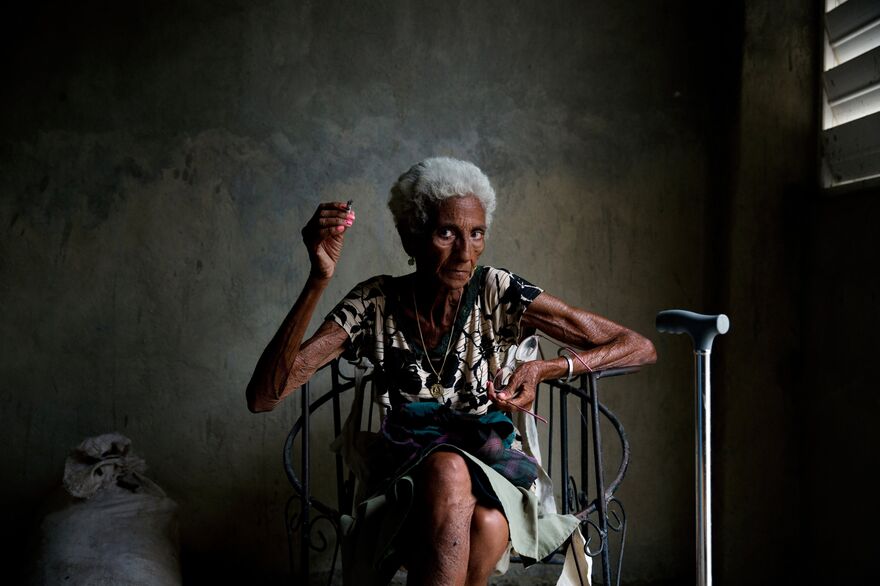
The Void we Leave - An aging community in Cuba
Jury Honorable Mention
Single
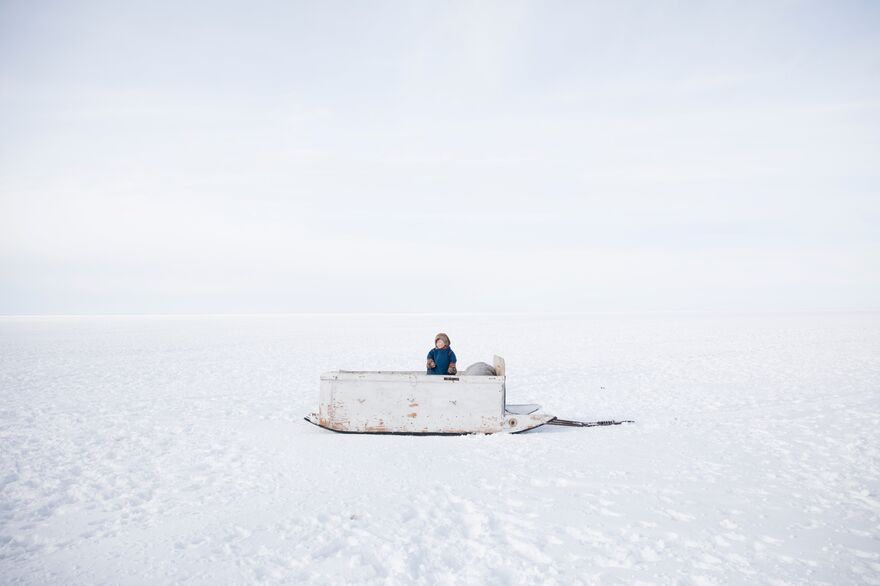
Rosebud
1st place
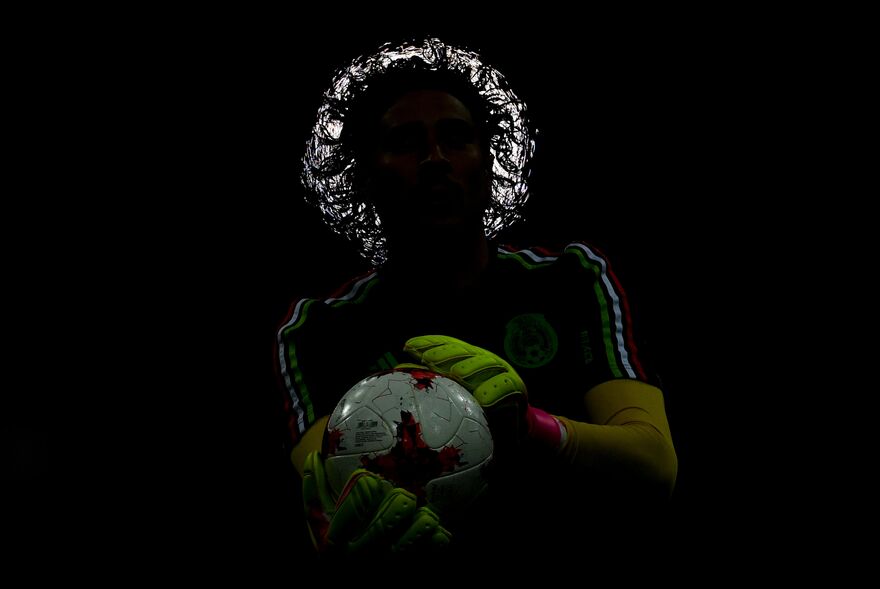
Goal keeper
3rd place
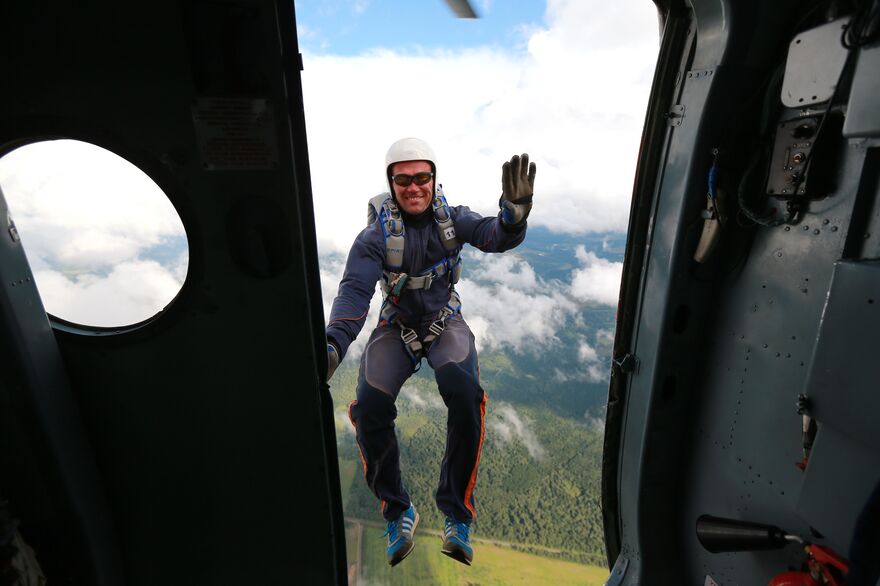
Training sessions of the Emergencies Ministry Leader Center
Jury Honorable Mention
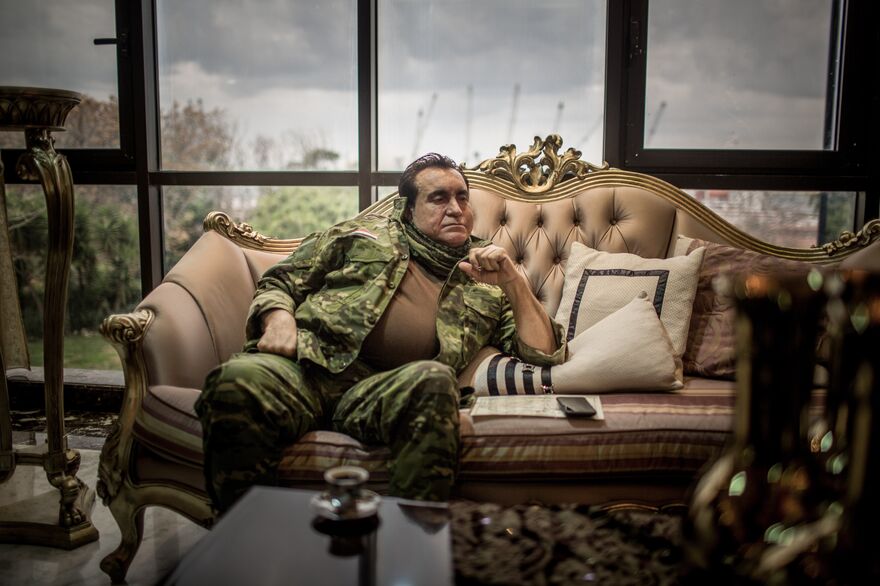
Lord of War
Jury Honorable Mention
Series
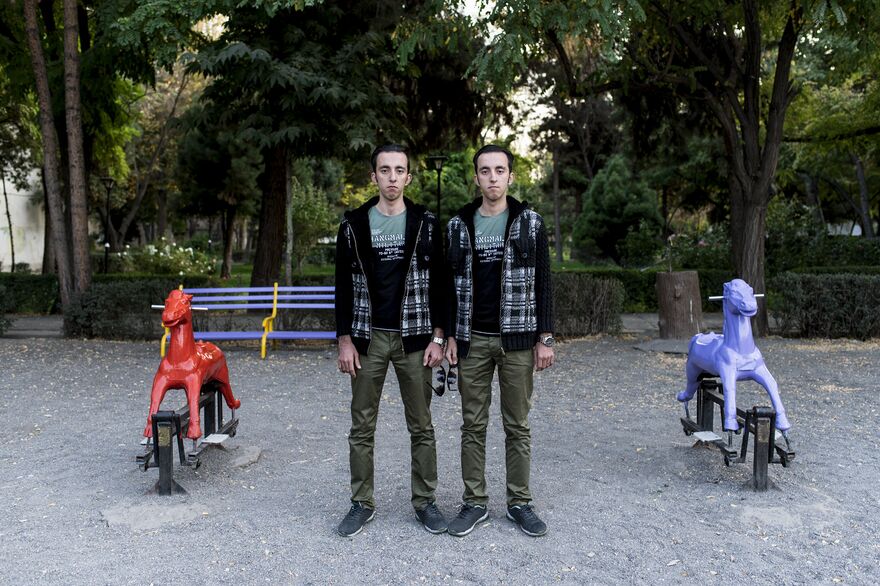
Gemini
1st place
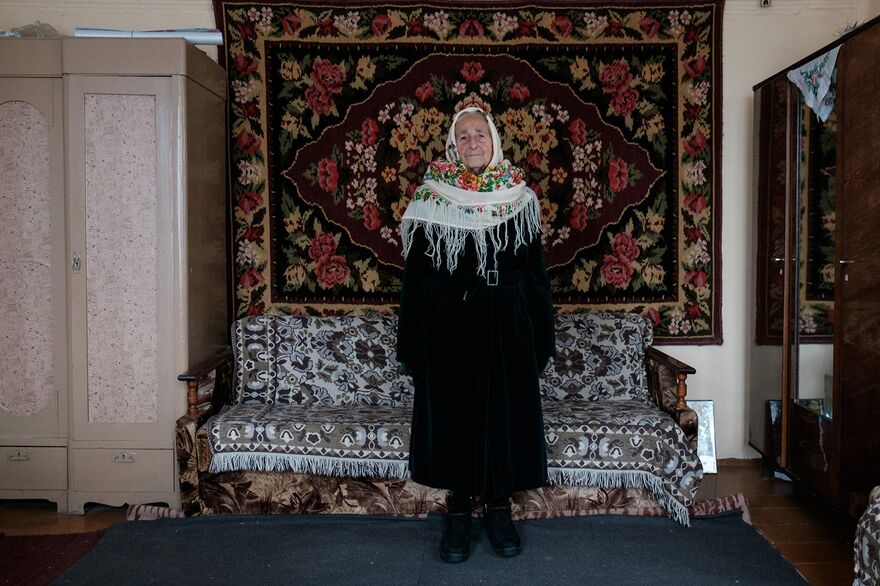
Vera’s seasons
2nd place
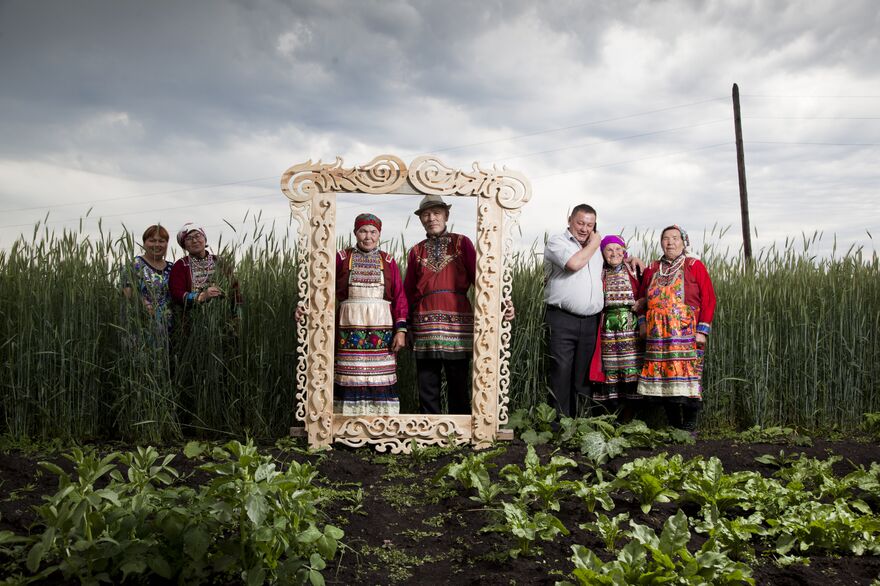
Mari people in the Ural region wearing traditional costumnes
3rd place